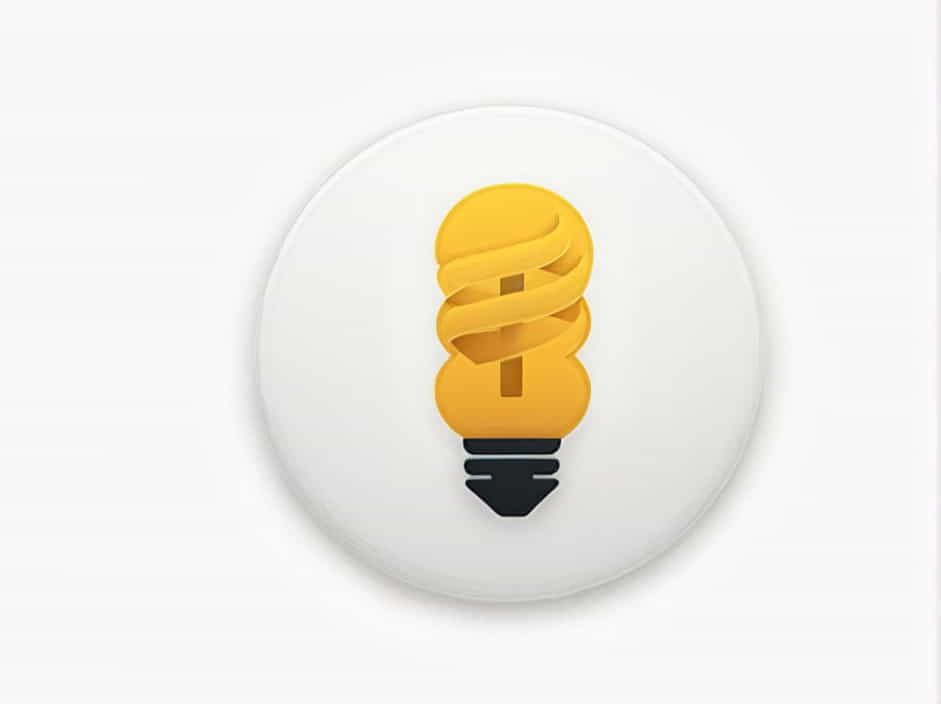The kilowatt (kW) is a crucial unit of measurement used to quantify power in various applications, including electricity consumption, industrial machinery, and renewable energy systems. It is commonly seen on electrical appliances, power bills, and energy efficiency ratings, making it essential to understand how it works.
Many people confuse kilowatts with kilowatt-hours, which measure different things. While the kilowatt measures power (the rate of energy usage), the kilowatt-hour (kWh) measures energy consumption over time.
This topic will explain the kilowatt, its significance in different industries, how it relates to other units, and why it is important for everyday life.
What Is a Kilowatt?
A kilowatt (kW) is a unit of power, equal to 1,000 watts (W). It measures the rate at which energy is used or produced.
Kilowatt Formula
For example:
✔ A 100-watt light bulb consumes 0.1 kW when turned on.
✔ A 2,000-watt air conditioner uses 2 kW of power when operating.
The higher the kilowatt rating, the more power an appliance or machine requires to function.
Kilowatt vs. Kilowatt-Hour: Understanding the Difference
Many people mistakenly believe that kilowatt (kW) and kilowatt-hour (kWh) are the same, but they measure different aspects of electricity usage.
1. Kilowatt (kW) – Unit of Power
✔ Measures the instantaneous rate at which energy is consumed or generated.
✔ Used to describe the power of appliances, motors, and electrical devices.
✔ Example: A 3 kW heater operates at a power level of 3 kW when turned on.
2. Kilowatt-Hour (kWh) – Unit of Energy
✔ Measures the total amount of energy consumed over time.
✔ Used by electricity providers to calculate energy usage.
✔ Example: A 3 kW heater running for 2 hours consumes 6 kWh of energy.
Understanding this difference is essential for managing electricity consumption and costs.
Common Household and Industrial Kilowatt Usage
Different appliances and machines require varying levels of power. Below is an estimate of the kilowatt ratings for common devices:
Household Appliances
| Appliance | Power (kW) |
|---|---|
| LED Light Bulb | 0.01 kW |
| Ceiling Fan | 0.07 kW |
| Refrigerator | 0.15 kW |
| Microwave Oven | 1.0 kW |
| Washing Machine | 0.5 kW – 2.0 kW |
| Air Conditioner | 1.5 kW – 3.5 kW |
| Electric Water Heater | 2.0 kW – 5.0 kW |
Industrial Equipment
| Equipment | Power (kW) |
|---|---|
| Conveyor Belt System | 5 – 50 kW |
| Industrial Air Compressor | 30 – 300 kW |
| Welding Machine | 5 – 50 kW |
| Heavy-Duty Motors | 10 – 500 kW |
| Large Refrigeration Unit | 20 – 100 kW |
Higher kilowatt ratings indicate more powerful machines, often requiring greater energy input to operate.
Why Is the Kilowatt Important?
The kilowatt plays a vital role in several industries and applications, making it an important unit of measurement.
1. Electricity Billing and Energy Efficiency
✔ Utility companies use kilowatt ratings to determine electricity charges.
✔ Helps consumers compare the energy efficiency of different appliances.
2. Industrial and Commercial Applications
✔ Factories use kilowatt ratings to calculate power requirements for machinery.
✔ Helps businesses optimize energy consumption and reduce costs.
3. Renewable Energy Systems
✔ Solar panels and wind turbines are rated in kilowatts (kW) to indicate their power generation capacity.
✔ A 5 kW solar panel system can produce about 20-30 kWh per day, depending on sunlight.
4. Electric Vehicles (EVs) and Charging Stations
✔ Electric car motors are rated in kilowatts (kW) to show their power output.
✔ EV charging stations have different power levels, such as 3.6 kW, 7.2 kW, or 22 kW, affecting charging speed.
How to Reduce Kilowatt Usage?
Reducing kilowatt usage helps lower electricity bills and benefits the environment. Here are some ways to achieve this:
1. Choose Energy-Efficient Appliances
✔ Look for appliances with Energy Star ratings.
✔ Use LED bulbs instead of incandescent lights.
2. Optimize Air Conditioning and Heating
✔ Set thermostats to optimal energy-saving temperatures.
✔ Regularly clean air filters for better efficiency.
3. Use Smart Power Strips
✔ Prevents appliances from drawing power when not in use.
4. Upgrade to Renewable Energy Sources
✔ Install solar panels to generate electricity from sunlight.
✔ Consider wind turbines if you live in a windy area.
Kilowatt Ratings in Renewable Energy Systems
Renewable energy systems are often rated in kilowatts (kW) to indicate their power capacity.
1. Solar Panel Systems
✔ A 5 kW solar panel system can generate about 500-600 kWh per month.
✔ Helps reduce dependence on grid electricity.
2. Wind Turbines
✔ A 2 MW wind turbine can generate 5,000 kWh per day.
✔ Used in large-scale renewable energy farms.
3. Battery Storage Systems
✔ Home battery storage is rated in kilowatts (kW) to show discharge power.
✔ A 10 kW battery can supply 10 kW of power to a home when needed.
By understanding kilowatt capacity, users can design efficient renewable energy systems for their needs.
Common Misconceptions About Kilowatts
There are many misunderstandings about the kilowatt and its applications.
✔ Misconception 1: "Kilowatt measures energy consumption."
➡ Correction: Kilowatt measures power, while kilowatt-hour measures energy consumption.
✔ Misconception 2: "A higher kilowatt rating means higher energy costs."
➡ Correction: Energy cost depends on both kilowatt rating and usage time.
✔ Misconception 3: "Turning off appliances completely eliminates energy usage."
➡ Correction: Some appliances consume standby power, requiring smart power strips to cut off power completely.
Understanding these facts helps in making informed energy-saving decisions.
The kilowatt (kW) is a unit of power, essential for measuring electricity consumption, industrial equipment capacity, and renewable energy generation. It helps businesses, households, and industries manage their power usage efficiently.
By understanding kilowatts and how they affect energy costs, consumers can make smarter choices about appliance usage, renewable energy adoption, and energy-saving strategies.
